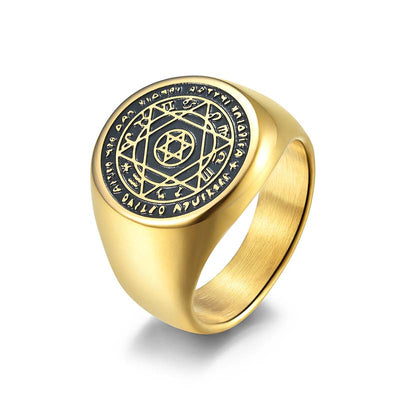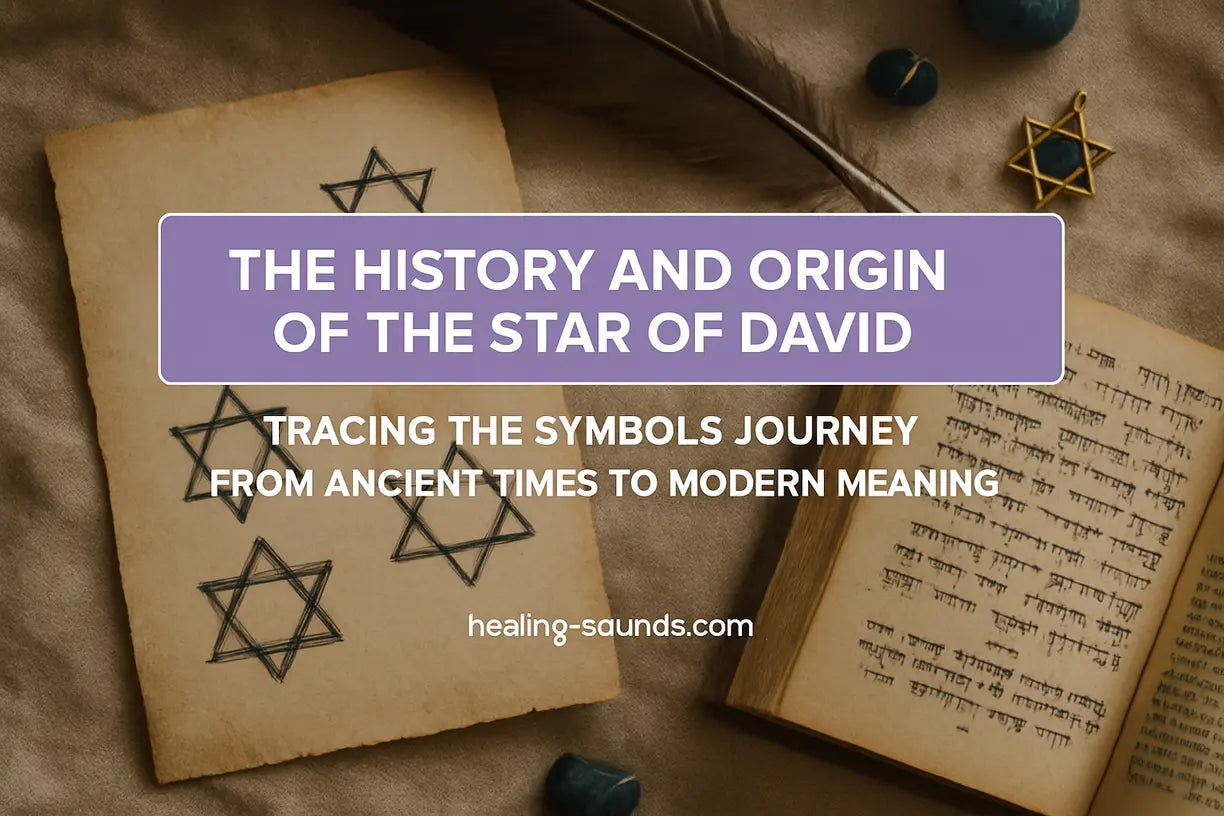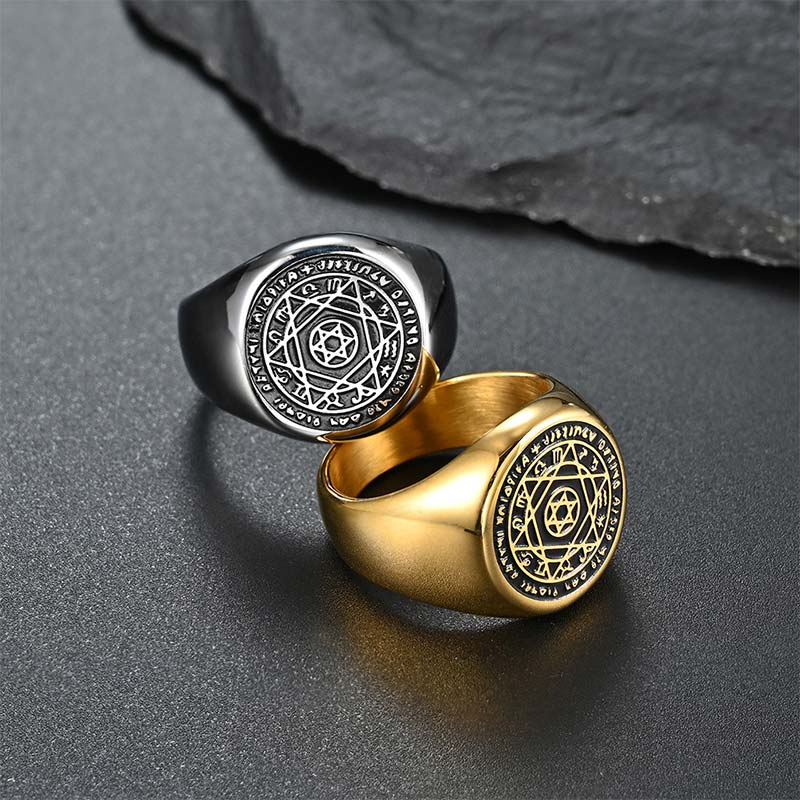The Star of David is one of the most recognized symbols in the world today, universally associated with Judaism and Jewish identity. Yet, its journey through time is far more complex and layered than many realize. To truly understand this iconic six-sided star, we must look beyond its modern meaning and delve into the fascinating history of the Star of David, tracing its path from ancient esoteric diagrams to a profound emblem of faith and resilience. This article will unravel the threads of its past, exploring its true origins and the evolution of its powerful symbolism.
The Ancient Origins of the Six-Pointed Star (Hexagram)
Before it was the Star of David, the six-pointed star, or hexagram, was a geometric shape with a long and diverse history across many cultures. Its origins are not exclusively Jewish. In fact, the origin of the star of david as a symbol can be traced to various ancient civilizations where it held mystical or decorative significance. It has appeared in Hindu traditions as the Shatkona, representing the union of male and female principles. It was also used in occultism and alchemy, where the upward-pointing triangle symbolized fire and the downward-pointing triangle symbolized water, their interlacing representing cosmic balance.
These early uses show that the hexagram was a universal symbol long before it was adopted by a specific faith. Its presence in ancient synagogues, such as the one in Capernaum from the 3rd century C.E., was likely ornamental rather than a unique religious identifier. Understanding this widespread historical context is crucial to appreciating its later, more specific adoption within Jewish tradition.

The Star of David's Journey into Jewish Tradition
So, where did the Star of David originate from in a Jewish context? Its association with the Jewish people was a gradual process, evolving over many centuries. Contrary to popular belief, the symbol is not mentioned in the Bible or the Talmud. The legend connecting it to King David's shield (in Hebrew, Magen David means "Shield of David") is a later tradition that arose in the Middle Ages, not a historical fact from biblical times.
The symbol began appearing more frequently on Jewish amulets and in mystical texts (Kabbalah) during the medieval period, where it was often used interchangeably with the five-pointed star (pentagram) and known as the "Seal of Solomon." It was believed to possess protective powers. Its first official use as a representative symbol for a Jewish community was in Prague in the 14th century, when the Jewish community was granted the right to have its own flag. From there, its use slowly spread across Europe.
From Kabbalah to Community Emblem
The star of david history and meaning became deeply intertwined with Jewish mysticism, or Kabbalah. Kabbalists interpreted the two interlaced triangles in rich, symbolic ways. The upward triangle was seen as representing humanity's actions reaching up to God, while the downward triangle symbolized God's grace flowing down to the world. Together, they signify the inherent connection between the divine and the earthly, the spiritual and the physical.
By the 17th century, the Star of David began to be placed on the outside of synagogues, officially marking them as Jewish houses of worship. By the 19th century, it had become the preeminent symbol of Judaism, embraced by communities worldwide. This widespread adoption was cemented when the Zionist movement chose it as its central emblem in 1897, valuing its power to represent Jewish national aspirations and a shared history. Today, carrying or wearing the symbol is a powerful way to connect with this profound legacy.

Titanium Steel Star of David Zodiac Protection Ring
$19.90 $28.90
Honor the Star of David's ancient legacy with this striking protection ring, blending heritage and spiritual symbolism beautifully.
Explore Product
The Star in the Modern Era: Identity, Persecution, and Pride
The history of the Star of David took a dark turn in the 20th century. During the Holocaust, the Nazis forced Jewish people to wear a yellow Star of David as a badge of shame and segregation. This horrific act attempted to strip the symbol of its sacred meaning and turn it into a mark of persecution. For more information on this period, authoritative sources like the Yad Vashem Holocaust remembrance center provide in-depth historical context.
However, in the aftermath of such tragedy, the Jewish people reclaimed the Star of David with immense courage. It was transformed from a symbol of persecution into a powerful emblem of Jewish pride, resilience, and survival. This reclamation culminated in its placement at the center of the flag of the State of Israel, founded in 1948. Today, it stands as an unwavering declaration of Jewish identity and a memorial to a history that has overcome darkness. Exploring its origins allows us to connect with this deep, personal, and collective story.

Key Takeaways on the Star of David's History
- Ancient Roots: The hexagram existed in many cultures before its association with Judaism.
- Not Biblical: The symbol does not appear in the Torah or Talmud; the "Shield of David" is a later legend.
- Gradual Adoption: It was slowly adopted from the Middle Ages onward, first as a mystical sign and later as a community emblem.
- Modern Symbolism: It represents the covenant between God and humanity, and in modern times, has become a symbol of Jewish resilience, identity, and pride.
Connect with Heritage Through Sound and Symbol
Immerse yourself in Jewish cultural history and musical tradition with this vintage-inspired sound healing jaw harp. Learn more ➔
Celebrate centuries of Jewish heritage through sound with this meticulously tuned, handcrafted jaw harp instrument. Learn more ➔
Conclusion: A Symbol Forged Through Time
The history of the Star of David is a testament to the power of a symbol to evolve and gather meaning over millennia. From its ancient, universal origins as a hexagram to its adoption as the powerful Magen David, it tells a story of faith, mysticism, community, persecution, and ultimate triumph. It is a reminder that identity is forged not in a single moment, but through a long, shared journey. By understanding its complex past, we can more fully appreciate its profound significance today as a beacon of heritage and enduring spirit.
Frequently Asked Questions about the History of the Star of David
The story is one of evolution. It began as a hexagram used by many ancient cultures. Over centuries, it was gradually adopted within Jewish mysticism and communities, often called the "Seal of Solomon." Its association grew stronger until it became the primary symbol of Judaism in the 19th century, today representing Jewish identity, faith, and resilience.
The six-pointed star, or hexagram, is an ancient symbol with no single origin. It has appeared independently in various cultures, including Hinduism (as the Shatkona), alchemy, and occultism, long before its specific association with Judaism. Its early uses were often decorative or for mystical purposes, symbolizing balance and union.
No, the Star of David is not mentioned in the Bible or in rabbinic literature like the Talmud. The popular association with King David's shield (Magen David) is a legend that originated in the Middle Ages, not a historical account from the biblical era.
Yes, a Catholic or any non-Jewish person can wear a Star of David. It is often worn as a sign of respect for Judaism, as a symbol of solidarity with the Jewish people, or to acknowledge the shared Abrahamic roots of both faiths. While it is not a Catholic religious symbol, wearing it is generally seen as a gesture of interfaith support.
It is called the Star of David (or Magen David, "Shield of David") due to a Jewish legend that claims this symbol was emblazoned on the shield of King David. However, this is a later tradition from the Middle Ages. There is no historical or archaeological evidence that King David or his army actually used this symbol.









